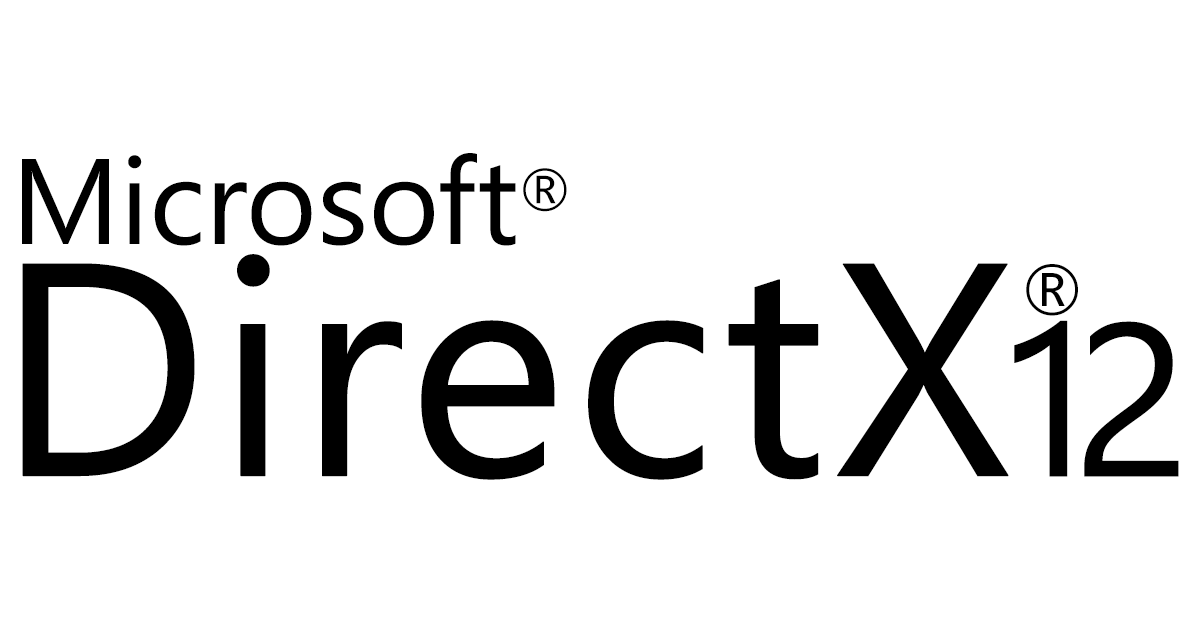Why do colors of untextured materials not display on objects in MSFS as designated and shown in MCX? All untextured materials are showing as bright white. This is on .gltf objects converted from .mdl objects using MCX.
Hi Art:
I 'may not' yet have found a SDK work-flow recommendation that you refer to above, as the online documentation Search box yields 219 hits.
A phrase Rick quoted appears below a SDK section on "Landscape" objects ...but may still apply to glTF 3D models which you refer to in your OP:

Remove textures you may not need at a distance, such as a normal map, and try very hard to avoid creating extra textures at a smaller resolution, this will just increase total memory usage. Prefer simply removing textures whenever possible.
https://docs.flightsimulator.com/html/index.htm#t=Asset_Creation/3D_Models/Landscape/Landscape_Elements.htm&rhsearch=Remove textures you may not need at a distance&rhhlterm=remove textures texture need distance
"LANDSCAPE ELEMENTS
This section of the documentation is designed to help you create proper landscape models, specifically for Airports and Scenery, although most of the general principles outlined here are also applicable to aircraft. On this page you can find some general information about how to best create these different model elements, and you can find additional information specifically about LODs here:
Also make sure to have read over the modelling General Principles before creating anything.
Optimization Recommendations
The following are a set of recommendations that we make to ensure that your models for scenery and airports are as optimised as possible:
- Share textures between different models and model LODs.
- Remove textures you may not need at a distance, such as the normal map.
- Use appropriate texture resolutions for your textures. It is usually not necessary that all textures in a material have the same resolution.
- Use metallic/roughness/etc… material settings instead of textures when possible.
- Prefer low-resolution textures for LODs below the approximate 5% "minSize". if you really do need a texture, try to keep this as 64x64px or smaller.
- Use vertex color whenever you can! Microsoft Flight Simulator uses a single vertex format, so using vertex color is essentially free. Because of this, low-resolution LODs often do not need a texture at all.
- Minimize skinned mesh usage. Compared to regular objects, they consume a significant amount of CPU and memory in Microsoft Flight Simulator. Use them only if mesh deformation is necessary. Skinning can often be avoided on lower resolution LODs.
- Split your environment when the asset you are exporting covers an area bigger than approximately 300x300m.
- Flatten hierarchies whenever you can to reduce the node count, ideally under 300x300m.
- All scenery models (and their LODs) - with the exception of objects that aren’t important for collision - will need colliders. You should prefer using the collision shapes (rectangle, cylinder, sphere) over collidable meshes/materials. This is explained in more detail here: Collision Handling"
PS: AFAIK, both Art and Rick are familiar with FSDS and MCX.
Does either Art or Rick not use MCX as an integral part of their work-flow to export FSDS 3D models into MSFS ?
IIRC, MCX 'automatically' converts imported "colors" into a texture material.
However. IMHO, we need Arno to give us a "definitive answer" to:

* Does MCX only convert imported "colors" to a texture material 'automatically' when DrawCall Minimizer is manually utilized ?
And regarding MCX implementation of Vertex Colors:
Is a MCX work-flow implemented yet for Vertex Colors in glTF exports for MSFS ?
* If so, would a 3D model processed by MCX implementation of Vertex Colors ex: burned into a texture ...still have to be manually re-textured ?

Burn material colors into textures
Hi Arno: Regarding the following ModelConverterX (aka "MCX") feature as documented in the MCX wiki: "Burn material colors into textures When importing models from certain models it might be that a material has both a texture and a colour. Some systems mix those two on rendering, others don't...
 www.fsdeveloper.com
www.fsdeveloper.com

FSXA - replacing colors
Hi Arno,... Within the minimize Drawcalls window, we have 3 options to check/flag... the replace colors option doesn't appear to be working properly.. with it checked... its not creating the 2 colors as bmp files. Specifically the col17 and col3, even if resaving the model file. The col17...
 www.fsdeveloper.com
www.fsdeveloper.com

MSFS - gltf vertex color
Hi Arno! When importing a gltf model to MCX the vertex color information gets lost. Is it possible to keep it somehow? The MFSF material is still applied on the object, the polys have different vertex color, just no base color texture. Thanks a lot!
 www.fsdeveloper.com
www.fsdeveloper.com
Additional Google search results on the latter query above:
https://www.google.com/search?client=firefox-b-1-d&q=site:www.fsdeveloper.com+ModelConverterX+MCX+colors+to+texture+Material
GaryGB
Last edited:








